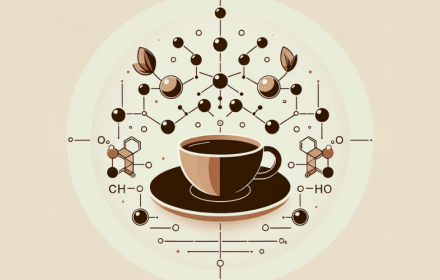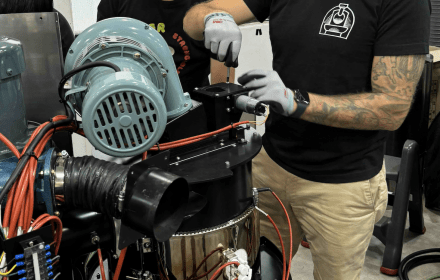Coffee acidity - What does it depend on?
Coffee acidity, often referred to by the term 'acidity' in a coffee context, is one of the key elements affecting the flavour and aroma of a coffee. It denotes not so much the pH of the brew, but rather the flavour sensation, which can be described as freshness, vibrancy or even spiciness. The acidity of a coffee depends on a number of factors, such as the bean variety, the growing conditions, as well as the way and time of roasting.
Low Acidity Coffee
For those who prefer milder flavours, a non-acidic coffee bean may be the ideal choice. Low-acid coffees usually come from lower altitudes where the beans mature more slowly, reducing acidity. The way the beans are processed, such as the dry (natural) method, can also help to reduce acidity. When choosing a coffee, it is worth paying attention to the manufacturer's information regarding the flavour profile and the origin of the beans.
Acidic Coffee from the Espresso Machine
With espresso machines, the acidity of the brew can also be a result of the method of preparation. For example, a short extraction time often results in a more acidic coffee, as it is the acids that are extracted first. Adjusting the espresso machine settings, such as bean grind level, water temperature and brewing time, can help to achieve a more balanced flavour.
Coffee acidity is a complex topic that depends on many factors - from the species and origin of the beans, to the way they are processed, to the brewing technique. Understanding these aspects will help you choose the ideal coffee to suit your individual taste preferences.
 Kacper Ornat
Kacper Ornat



